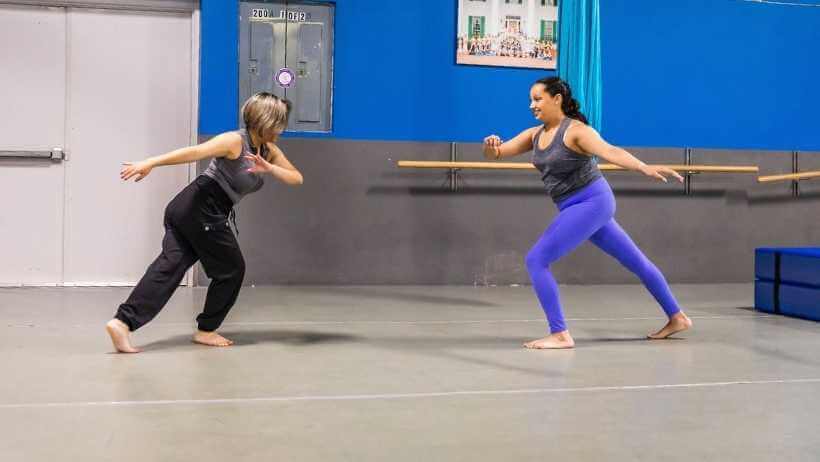
Brazil imported at least five million enslaved Africans from the early 1500s through the late 1800s, more than any other country during that period. In spite of violent penalties, these displaced individuals found ways to keep important traditions alive. One of these was a form of rhythmic martial arts with spiritual and cultural significance. However, Brazilians lived in fear of “slave uprisings” and the government placed heavy restrictions on practices that might incite or strengthen revolts. To get around these restrictions, enslaved people hid their combative arts in dance, capoeira. Using the skills they developed in capoeira, many Africans were able to liberate themselves from their captors.
Capoeira has three main styles: Capoeira Angola, Capoeira Regional, and Capoeira Contemporânea, each with its own elements. The music signals the style to the practitioners and sets the pace. Capoeira instruments include the berimbau, caxixi, pandeiro, atabaque, agogo, and often guitar. Although it may appear aggressive at times, capoeira is not referred to as fighting or sparring when training. Instead, Capoeira is a game (jogo), which is why it is always called “playing” capoeira. Students play capoeira in a circle called a roda that helps the dancer maintain energy and rhythm.
Starting in the 1970s, capoeira began to spread worldwide. Capoeira mestres (masters) including Mestre Bimba made sure that capoeira continues to be preserved and passed down for generations. Capoeira helps our students learn self-defense, create unity in a group, and build self-esteem and confidence.